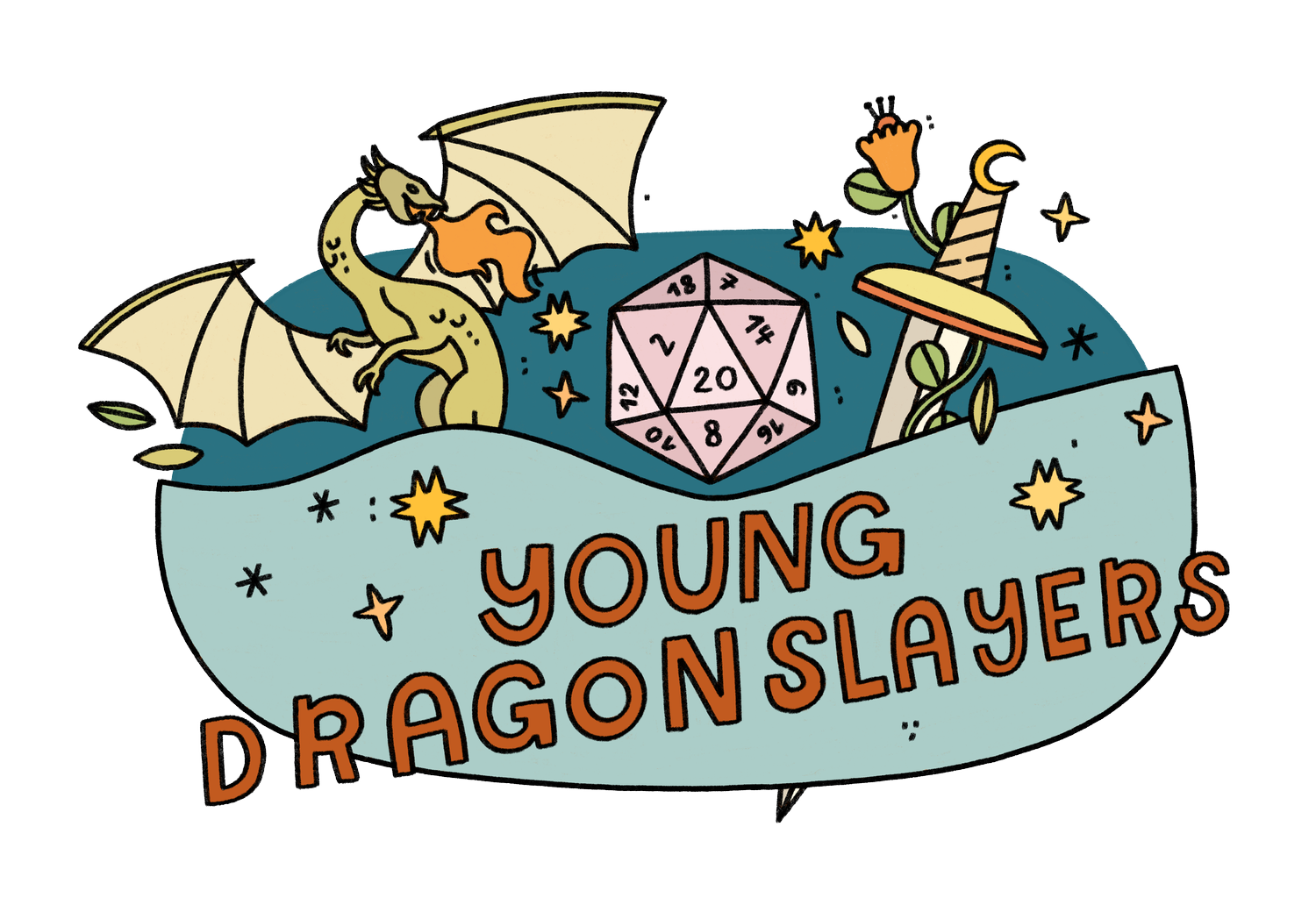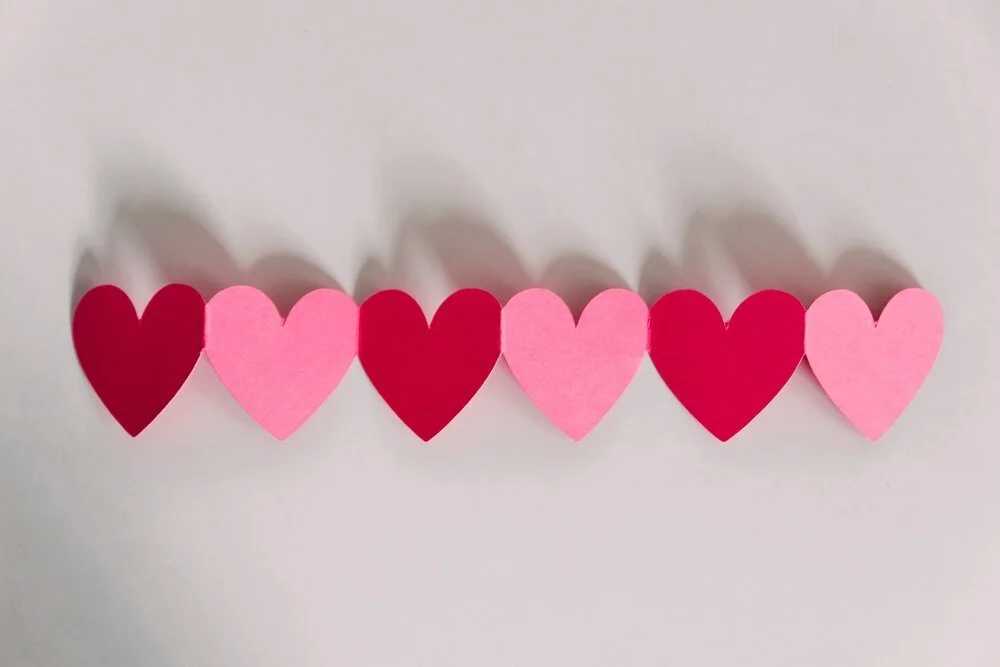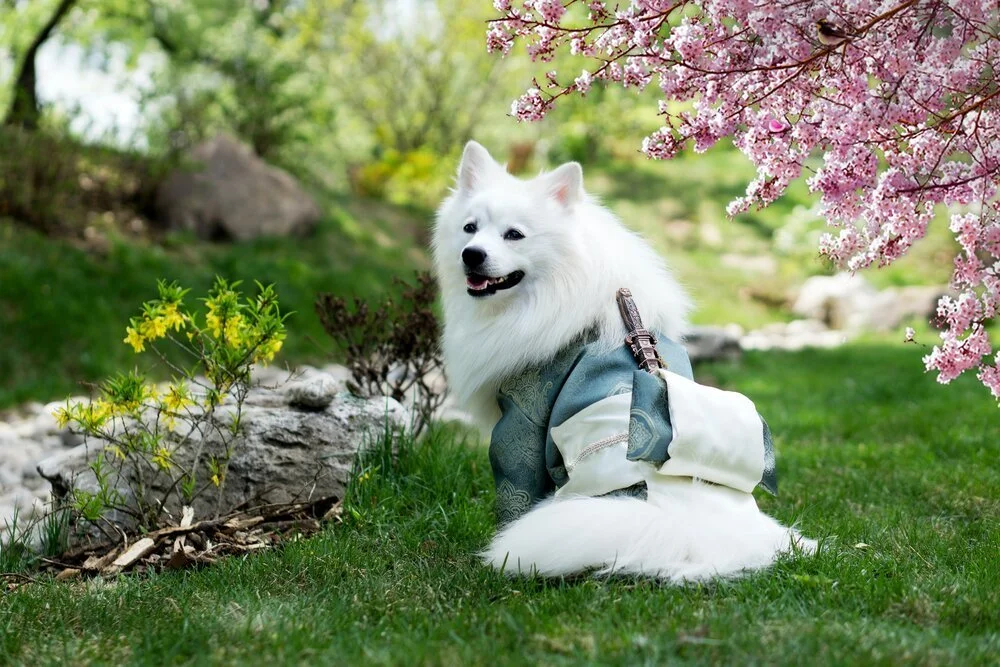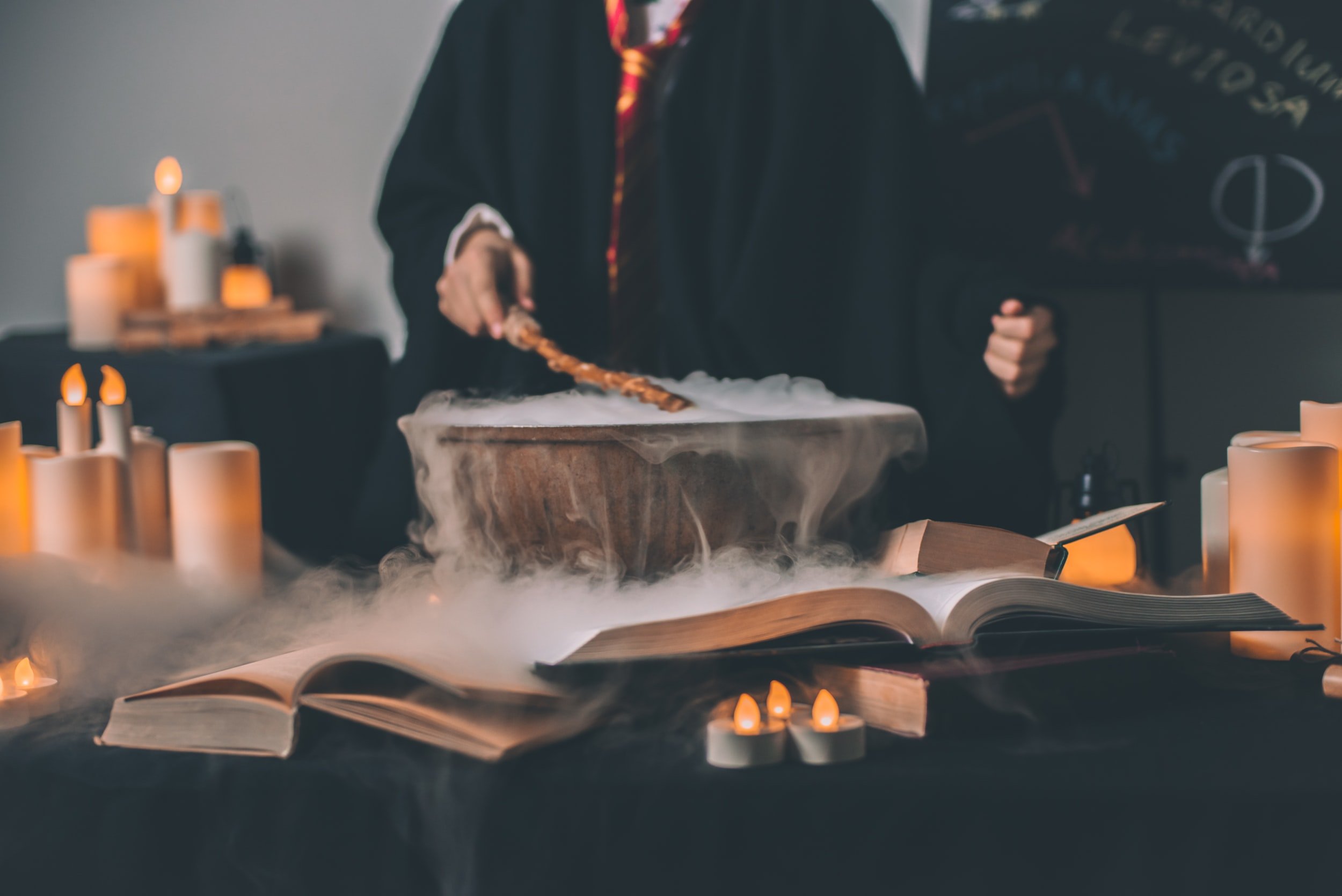What is the Rule of Cool?
Hang out with a Dungeons and Dragons group long enough, and you’ll probably pick up on some tabletop tropes—maybe even the legendary struggle between so-called “Rules Lawyers” and believers of the “Rule of Cool.” Rules Lawyers are often depicted as insufferable, know-it-all nerds with an encyclopedic knowledge of the game, always gleefully ready to pull out some obscure regulation that’s sure to spoil everyone’s fun. On the other hand, those who play by the proverbial Rule of Cool—that is, bending or even trashing certain rules in order to make things more fun, interesting, and/or triumphant—can be seen as sloppy, disorganized, or even just plain cringe.
These two caricatures are often portrayed as opposing forces engaged in an epic battle that has raged since time immemorial, but in my humble, bardic opinion, I’ve found the topic to be much more complicated than a 1v1 showdown. The debate between Rules Lawyers and the Rule of Cool isn’t an “either/or” or even an “us-versus-them” discussion, and for both players and DMs, either style can have both pros and cons.
Above all, D&D should be a fun, engaging, safe, and inclusive space for everyone at the table. So instead of throwing ourselves into one camp or another, let’s explore why both sides have their merits—and when we might want to use one philosophy over the other.
5 D&D Creatures Inspired by Irish Mythology
There are whole books filled with wondrous monsters, difficult enemies, and interesting characters for use in Dungeons & Dragons games. These creatures come from all different places - fantasy tropes, popular stories, and, of course the imagination of D&D creators. Many come from real-world mythologies: Medusa from Greek mythology, the Sphinx from Egyptian mythology, or Frost Giants from Norse mythology. But these popular mythologies aren’t the only ones to make an appearance in the world of D&D. Irish mythology is filled with its own array of strange and wondrous tales, many of which got their own interpretation in the official lore of Dungeons & Dragons! Let’s take a look at a few.
How Does Romance Work in D&D (and games like it)?
Many people love romance plotlines; they show up in a ton of books, movies, and TV shows. Video games can make these plots even more immersive; players can create their own character who meets and falls in love with another character from the same world. This can (and does!) happen in tabletop games like Dungeons & Dragons, too. But unlike in a roleplaying video game, D&D and other tabletop roleplaying games aren’t programmed and written ahead of time. You’re playing with real people (sometimes people you already know) who are portraying these characters. So how does romance work in a game like that? How do you tell the kinds of stories you want without making anyone feel weird (or feeling weird yourself)? We know a thing or two about making games that are fun for everyone, so we’re here to tell you!
How to Create a Backstory Based on Your D&D Background
When you play Dungeons & Dragons, the first thing that you do is make a character, choosing a class, race, and background. Each background gives your character abilities that can come in handy on your adventures. But a background can also give you ideas about your character’s backstory: who they were and what happened to them before the start of a game. Making up a backstory from thin air can feel intimidating, especially to new players, but starting from a background can help you build up some key details and bring your character to life.
How to Play As Your Favorite Animal In D&D
Part of what makes Dungeons & Dragons so fun is the ability to create and play your very own character. Most of D&D takes place in a world of high fantasy and focuses on races like dwarves or elves. But your options go way beyond that; your character can have ancestors who were angels, demons, or elementals, be creatures of folklore like fairies, tritons, or changelings, or share prominent features with real-world animals like crows, cats, and turtles.
This article will go over your options for the latter, giving you plenty of ideas to create your own D&D character inspired by your favorite animals!
What Are The Types of Magic In D&D?
The world of Dungeons & Dragons is filled with magic; nearly all (9 out of 12) of the playable classes in Dungeons & Dragons (D&D) have access to some type of spellcasting. There are more than 350 spells in the Player’s Handbook alone! Each of these spells is organized into eight separate categories, or “schools” of magic with arcane-sounding names that can confuse new players. But with this handy guide, the next time your druid casts Detect Magic, and your Dungeon Master tells you that the cellar reeks of Conjuration magic, you’ll know exactly what they’re talking about.
How Do People Play Dungeons and Dragons? Let’s Explore Your Options.
As the world becomes increasingly digital, the ways in which all players, especially kids and teens, engage with these games has expanded beyond the traditional tabletop. This piece is meant to unveil a fraction of the plethora of methods for young adventurers to embark on epic quests, emphasizing online play while also delving into the enchanting realm of play-by-post. Whether you're a novice or a seasoned player, there's a mode of play waiting to whisk you away into a world of wonder.
The Ultimate D&D Playlist: How to Set the Mood for Your Next Adventure
In a game fueled by boundless imagination, music and ambience can take your Dungeons & Dragons campaign to the next level. As such, you’ll need to be prepared with only the best sounds, ambience, and music. Get ready, for I shall guide you through a quest to create the greatest D&D Playlist of them all!
How to Start Playing Dungeons and Dragons: A Beginner’s Guide
Dungeons & Dragons is a very creative game that builds friendships and provides hours of imaginative fun to millions across the world. In this blog post, we’ll tell you everything you need to know as a beginner to get started playing the game. If you want to join in the fun, you’re definitely in the right place.
A Complete Guide to D&D Monsters (And How to Make Your Own)
It’s time to pull back the curtain that your sneaky DM hides behind and uncover the secrets of how monsters work in Dungeons & Dragons. As a bonus, you’ll even learn how to create your own monster!
Spellcasting 101: How D&D Spells Work, and How to Cast Them
It looks like the fine art of magic has caught your attention! Join us at our own school of witchraft and wizardry in this guide to all things spell-related from Dungeons & Dragons, 5th Edition.
D&D Ability Scores: Here’s Everything You Need to Know
Join us, adventurers, on a deep dive into the world of DND ability scores. We’ll earn what the 6 types of scores are, what makes a “good” score, and how to calculate them to build your character. Let’s go!
D&D Terms and Slang Every Beginner Should Know
We never want someone to get scared away from D&D just because they aren’t familiar with all the vocabulary words. So without further ado, here’s our glossary of 40 common Dungeons & Dragons terms we think every beginner should know.
What is Dungeons & Dragons? Here’s What You Need to Know About the Game.
Wondering if D&D is something that you (or your child) would be into? Trying to figure out the difference between a bard and a barbarian? Just finished binge watching the latest season of Stranger Things, and you’re ready to join a Hellfire Club of your own? Say no more. You’ve come to the right place.














